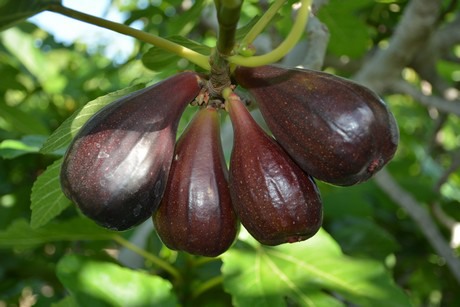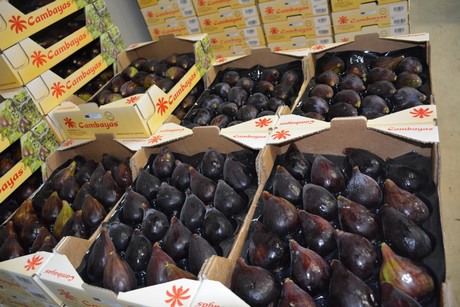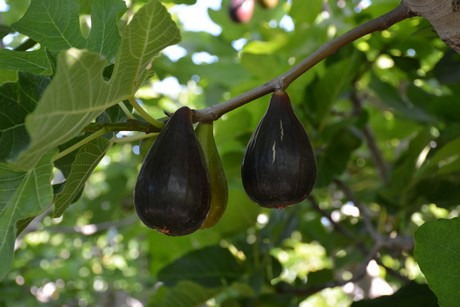This year, the campaign of the first breva figs from Elche has been delayed a week and the production will be smaller than usual.
Low temperatures have caused this delay. Despite the expansion of the acreage, the volume is expected to fall by between 25% and 30%. "Despite having more hectares, the yield of the young plantations and the meteorological conditions of the past few weeks have taken their toll," says Susi Bonet, sales representative of the Cambayas cooperative, one of the main producers and exporters of brevas and figs.

"The climatic fluctuations have been remarkable. The hot days have caused fruit to fall, and then the storms and the wind have delayed the growth," said Susi Bonet.
The fact that the breva is on the market for just 4 weeks results in it having a niche market. "Each year, the European markets look forward to the arrival of the Spanish brevas, since there is still no production from any other origin in Europe," she explains.

"Also, the price of brevas tends to be higher than that paid for figs like the Colar, which does face some competition from other origins, such as Turkey." The breva is a meatier, softer and sweeter fruit, which is harvested from the same tree as figs from August onwards. The larger ones arrive earlier. The fig season kicks off later and therefore has no impact on the price paid for the breva, which tends to remain stable," said Susi Bonet.

Cambayas sells about 40% of its brevas in the domestic market and exports the rest. According to Susi Bonet, Italy and France are, by far, the countries with the highest demand for this product. The Netherlands also demands some smaller volumes.
For more information: 
Susi Bonet
CAMBAYAS COOP. V.
T: +34 966 637 588
susi@cambayas.com
www.cambayas.com
